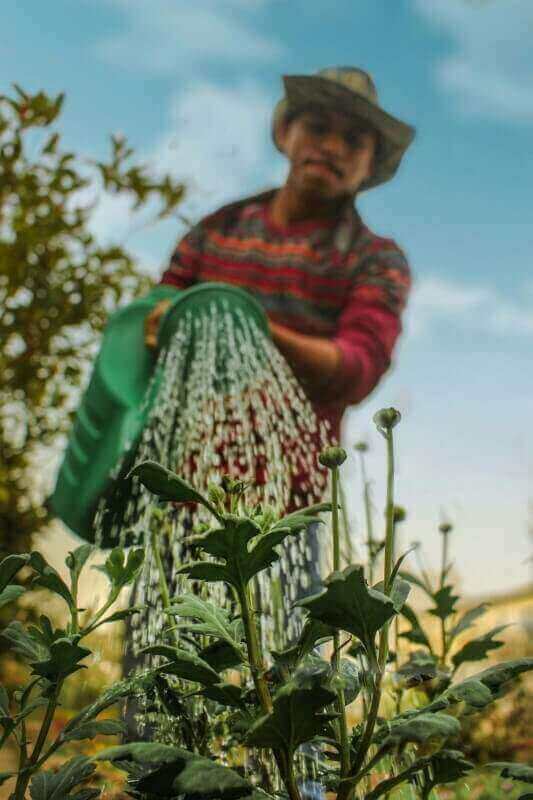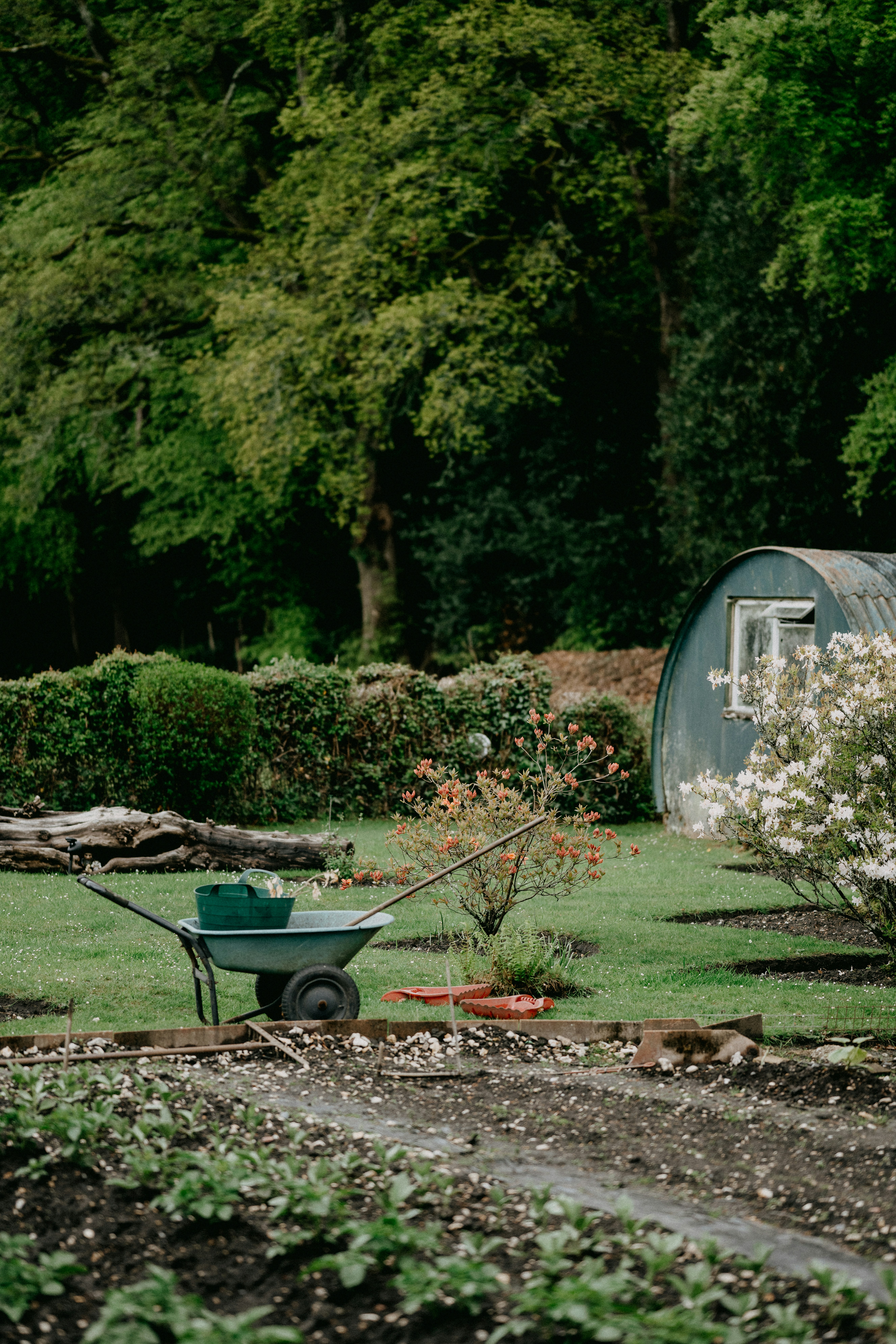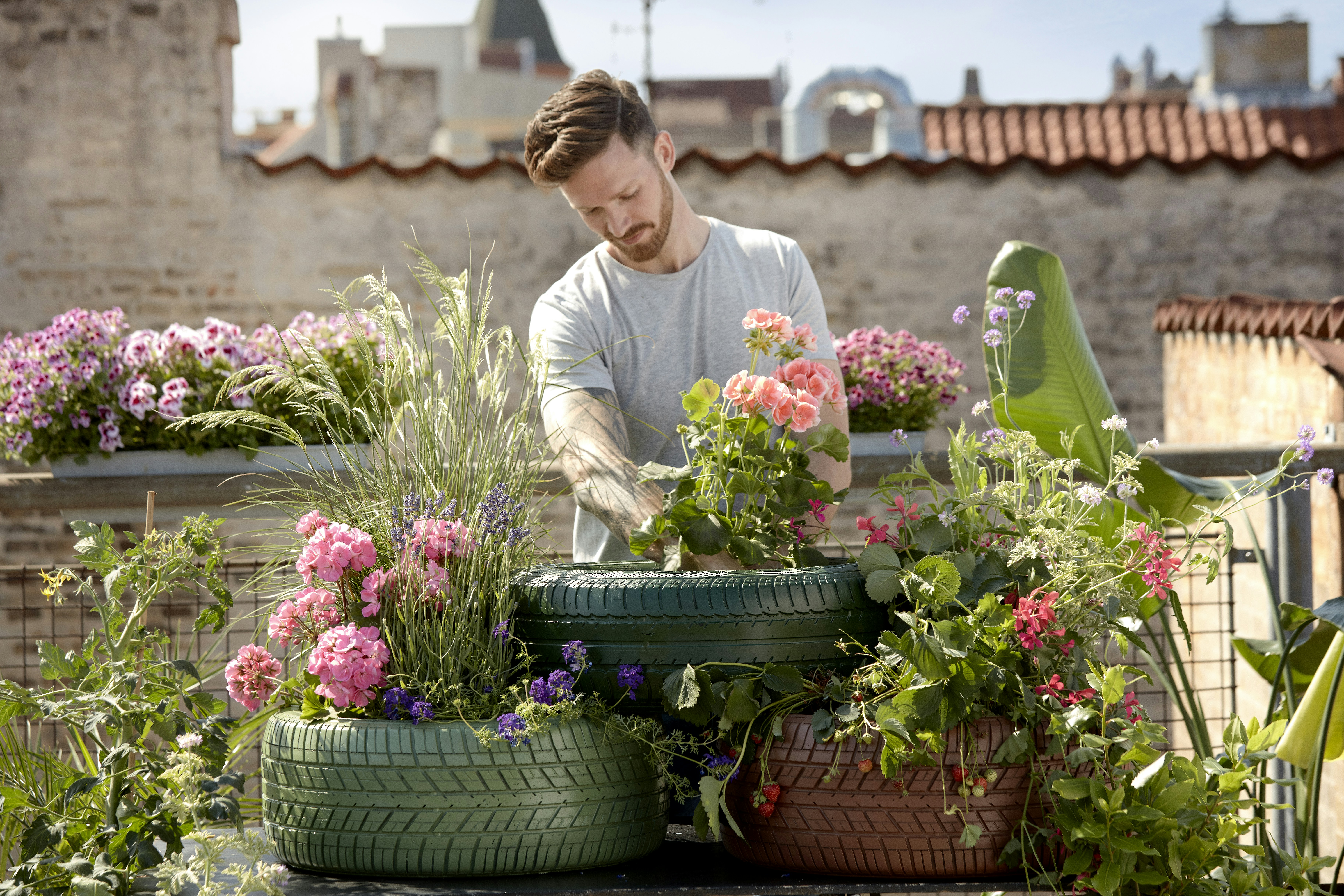👋 Click the mic button to talk to Alfred, the Todd's Seeds Gardening/Sprouting Expert – Feel free to ask him anything!
Ask Virtual Todd Anything - Click the Mic
It’s no secret that watering plants is crucial for their growth and overall health. But do you ever find yourself wondering if you’re doing it right? Fear not, because in this article, we’re going to explore the best practices for watering plants. From the importance of soil moisture to the right watering technique, we’ll uncover the secrets to keeping your plants happy and thriving. So grab your watering can and join us as we embark on this green-thumb adventure!
Understanding the Watering Needs of Plants
Plants have different watering requirements depending on their type, and it’s important to understand the specific needs of the plants you are caring for. Different plant varieties have varying abilities to absorb and retain water, so it’s crucial to tailor your watering routine to accommodate their individual needs.
Different Watering Requirements for Different Plant Types
When it comes to watering plants, one size does not fit all. Each plant type has its own unique watering requirements. For example, succulents and cacti thrive in arid conditions and require less frequent watering, while ferns and tropical plants prefer consistently moist soil. By familiarizing yourself with the watering needs of different plants, you can ensure that you are providing them with the optimal conditions for healthy growth.
Considerations for Indoor and Outdoor Plants
Indoor and outdoor plants have different watering needs due to variations in climate and environmental factors. Indoor plants are typically exposed to a more controlled environment with lower humidity levels, while outdoor plants are subject to fluctuations in temperature and precipitation. Therefore, outdoor plants may require more frequent watering, especially during hot and dry periods, while indoor plants may need less water to avoid overwatering and root rot.
Factors Influencing Watering Frequency
Several factors can influence the frequency at which you should water your plants. One significant factor is the type of soil in which your plants are planted. Sandy soil drains quickly, requiring more frequent watering, whereas clay soil retains water for longer durations, necessitating less frequent watering. Additionally, the size of the container or garden bed and the amount of sunlight your plants receive can also impact their watering needs. It’s important to consider these variables when determining the appropriate watering frequency for your plants.
Determining the Right Amount of Water to Use
Using the right amount of water is crucial for the health and well-being of your plants. Both overwatering and underwatering can have detrimental effects on plant growth and vitality. It’s important to strike the right balance and ensure that your plants receive just the right amount of water.
Avoid Overwatering
Overwatering is a common mistake that many plant owners make. It can lead to root rot, nutrient deficiencies, and even the death of the plant. To avoid overwatering, it’s essential to monitor the moisture level of the soil and only water when necessary. One effective method is to stick your finger about an inch into the soil. If it feels dry at that depth, it’s time to water. Remember, it’s better to slightly underwater than to overwater your plants.
Signs of Underwatering
Underwatering can be just as harmful to plants as overwatering. Signs of underwatering include wilting leaves, dry soil, and stunted growth. If you notice these signs, it’s important to adjust your watering routine accordingly. Remember that different plants have different tolerance levels for drought conditions, so it’s important to research the specific needs of your plants.
Methods to Determine Watering Needs
There are several methods you can employ to determine the watering needs of your plants. One popular technique is using a moisture meter, which measures the moisture content of the soil and indicates when watering is required. Another method is the “lift and feel” test, where you simply lift the pot or container to assess its weight. If it feels significantly lighter than when it’s fully hydrated, it’s time to water. Observing the behavior of your plants, such as drooping leaves or slow growth, can also be an indication that they need watering.
Choosing the Right Watering Technique
In addition to using the correct amount of water, employing the right watering technique is equally important for the health of your plants. Different plants and growing conditions require specific watering methods to ensure that water reaches the roots effectively.
Utilizing Proper Watering Tools
Using the appropriate watering tools can greatly enhance the efficiency of your watering routine. For container plants, a watering can with a narrow spout allows for precise watering, ensuring that water reaches the root zone without splashing on the foliage. For larger garden beds, a soaker hose or drip irrigation system can be used to deliver water directly to the base of the plants, reducing water waste and minimizing evaporation.
Considerations for Container Plants
Container plants have unique watering considerations since they rely solely on the moisture present in their pots. It’s important to choose pots with drainage holes to prevent waterlogging, as this can lead to root rot. Additionally, container plants may dry out more quickly than those planted in the ground, so more frequent watering may be necessary. Regularly monitoring the moisture level of the soil and adjusting your watering routine accordingly is crucial for the health of container plants.
Watering Techniques for Garden Beds
When watering plants in garden beds, it’s essential to ensure that water reaches the root zone effectively. One effective technique is slow, deep watering. This involves watering the plants thoroughly, allowing water to penetrate deeply into the soil. This promotes root growth and helps plants become more resilient to dry conditions. It’s important to avoid shallow watering, as this can result in shallow root growth and make plants more susceptible to drought.
Watering Plants at the Right Time
In addition to the amount and technique of watering, the timing of your watering routine can significantly impact the health of your plants. The time of day and prevailing weather conditions should be considered when deciding when to water your plants.
Morning Watering
Watering your plants in the morning is generally the best practice. The cooler temperatures and lower wind speed during the morning hours allow the plants to absorb water more efficiently without excessive evaporation. Watering in the morning also gives the foliage and soil surface ample time to dry during the day, reducing the risk of fungal diseases caused by prolonged moisture on plant leaves.
Watering During Hot Weather
During hot weather, plants may require more frequent watering to compensate for increased evaporation and transpiration rates. Watering during the early morning or late evening can help ensure that the water is better absorbed by the plants, rather than evaporating quickly under the intense heat of the sun. It’s important to avoid watering during the peak heat of the day, as this can lead to stress and scorching of the plants.
Watering in Cold Climates
In cold climates, it’s important to adjust your watering routine to accommodate the lower temperatures. Cold weather typically slows down plant growth and reduces the rate at which water evaporates from the soil. Therefore, plants may require less frequent watering during the colder months. However, it’s crucial to monitor the soil moisture levels and provide water when necessary, as plants still require hydration even in colder temperatures.
Deep Watering for Stronger Roots
Deep watering is a technique that promotes the development of strong and resilient root systems in plants. By providing water deep down in the soil, plants are encouraged to grow their roots deeper in search of moisture. This helps plants become more drought-tolerant and less dependent on frequent watering.
Benefits of Deep Watering
Deep watering has several benefits for plant health. It encourages deep root growth, allowing plants to access water and nutrients from deeper soil layers. Deep roots are also more capable of withstanding dry periods and are less prone to damage from wind or surface disturbances. Additionally, deep watering helps leach accumulated salts from the root zone, preventing potential damage to the plant.
Methods for Deep Watering
One effective method for deep watering is using a soaker hose or drip irrigation system. These systems allow water to be delivered slowly and directly to the root zone, ensuring that it reaches deeper soil layers. Another technique is to create basins or water wells around the base of plants and slowly fill them with water, allowing it to seep into the ground. These methods help promote deep root growth and overall plant health.
Grouping Plants with Similar Watering Needs
Grouping plants with similar watering needs together is a practical approach to efficient watering. By creating watering zones based on the water requirements of your plants, you can optimize your watering routine and conserve water resources.
Creating Watering Zones
Dividing your garden or planting areas into watering zones allows you to tailor your watering frequency and amounts to the specific needs of each group. Plants that require more frequent watering can be grouped together, while those with lower water requirements can be placed in a separate zone. This allows you to avoid overwatering or underwatering certain plants and ensures that each group receives the appropriate amount of water.
Benefits of Grouping Plants
Grouping plants with similar watering needs not only simplifies your watering routine but also helps to avoid water waste and promote plant health. By concentrating your watering efforts on specific zones, you can reduce water runoff and ensure that water is being used efficiently. Additionally, grouping plants with similar watering needs together allows for targeted watering, preventing moisture-sensitive plants from becoming oversaturated or underwatered.

Using the Right Watering Techniques for Different Soil Types
Understanding the characteristics of different soil types is crucial for implementing effective watering techniques. Sandy, clay, and loamy soils each have unique properties that can influence water retention and drainage.
Sandy Soil
Sandy soil is known for its excellent drainage properties, which can lead to faster water penetration and quicker drying of the soil. Due to its sandy nature, this type of soil often has low water-holding capacity and requires more frequent watering. It’s important to water slowly and deeply in sandy soil to ensure that water reaches the roots rather than draining away too quickly.
Clay Soil
Clay soil has the opposite characteristics of sandy soil, as it retains water for longer periods due to its fine particles. This type of soil has high water-holding capacity, which can lead to waterlogging and suffocation of plant roots if overwatered. To avoid waterlogging in clay soil, it’s crucial to water infrequently but deeply, allowing the water to penetrate below the surface and reach the root zone.
Loamy Soil
Loamy soil, which is a mixture of sandy, clay, and organic matter, is considered ideal for most plants. It has moderate drainage abilities and retains water while allowing excess to drain away. Loamy soil is typically well-suited for plant growth and requires regular monitoring of soil moisture levels to determine the appropriate watering frequency.
Watering Newly Planted or Transplanted Plants
When it comes to newly planted or recently transplanted plants, establishing a proper root system is essential. Special consideration should be given to the watering routine during this critical period to ensure the successful establishment and growth of the plant.
Establishing Proper Root System
Newly planted or transplanted plants require consistent moisture in the soil to establish and develop their root systems. The first few weeks after planting are crucial, as this is the period when the roots begin to acclimate and grow into their new environment. It’s important to provide adequate water to keep the soil evenly moist but not waterlogged. Regular monitoring of soil moisture and adjustment of watering frequency is crucial during this period.
Watering Strategies for Transplanted Plants
When transplanting plants, they undergo some degree of stress, and their roots may be temporarily damaged. Proper watering can help reduce stress and promote root recovery. Watering transplanted plants immediately after planting helps settle the soil and remove air pockets. Afterward, regular but gentle watering is necessary to support root growth and establishment. It’s important to avoid overwatering, which can delay root development, and instead focus on maintaining a consistently moist but not saturated soil environment.

Conserving Water While Watering Plants
Conserving water is not only environmentally responsible but also economical. By implementing water-efficient practices in your watering routine, you can reduce water waste and promote sustainability.
Watering Techniques for Water Efficiency
To maximize water efficiency, it’s important to water your plants strategically. Avoid overhead sprinklers, as they can result in significant water loss due to evaporation and wind drift. Instead, opt for targeted watering methods such as drip irrigation, soaker hoses, or watering cans with narrow spouts. These techniques deliver water directly to the root zone, minimizing waste and ensuring optimal water absorption by the plants.
Using Mulch to Retain Moisture
Mulching around plants is an effective technique to conserve water and promote soil moisture retention. Mulch acts as a protective layer, reducing evaporation from the soil surface and preventing weed growth, which competes for water with your plants. Organic mulches, such as wood chips or straw, also improve soil structure over time as they decompose, enhancing water infiltration and retention capabilities.
Additional Considerations for Watering Plants
While the previous sections covered various aspects of watering plants, there are a few additional considerations that can further enhance your watering practices.
Rainwater vs. Tap Water
When it comes to watering plants, rainwater is generally considered the ideal choice, as it is free of chemicals and naturally contains nutrients beneficial to plant growth. However, not all regions receive sufficient rainfall to rely solely on rainwater for watering. In such cases, tap water can be used with some precautions, such as allowing water to sit out for a day to allow chlorine and other chemicals to dissipate. It’s important to be mindful of the quality and pH of the water used, as some plants are sensitive to certain mineral content or pH levels.
Watering Plants in Containers
Watering container plants requires extra attention, as they are more susceptible to drying out faster than plants in the ground. The smaller soil volume in containers can lead to quicker moisture depletion, especially during hot weather. Regularly monitoring soil moisture and adjusting watering frequency accordingly is crucial for container plants. It’s also important to note that containers with drainage holes prevent waterlogging and ensure that excess water can freely drain away.
Watering Frequency during Different Seasons
Watering frequency should be adjusted throughout the year to accommodate variations in weather conditions and plant growth. During the warmer seasons or periods of increased plant growth, plants may require more frequent watering to sustain their needs. Conversely, during cooler months or periods of dormancy, plants typically require less frequent watering. Regularly monitoring soil moisture and adjusting watering routines to align with the seasonal demands of your plants is essential for their overall health and success.
In conclusion, understanding the watering needs of plants is crucial for their overall health and vitality. Different plant types, indoor versus outdoor conditions, and various environmental factors all influence the frequency and amount of water required. By employing best practices such as avoiding overwatering, using appropriate watering techniques, and considering factors like soil type and watering zones, you can ensure that your plants receive the right amount of water at the right time. Conserving water while watering plants and implementing proper watering strategies for newly planted or transplanted plants are also important considerations. By following these guidelines and tailoring your watering routine to meet the specific needs of your plants, you can create an environment that fosters healthy growth and thriving plants.


